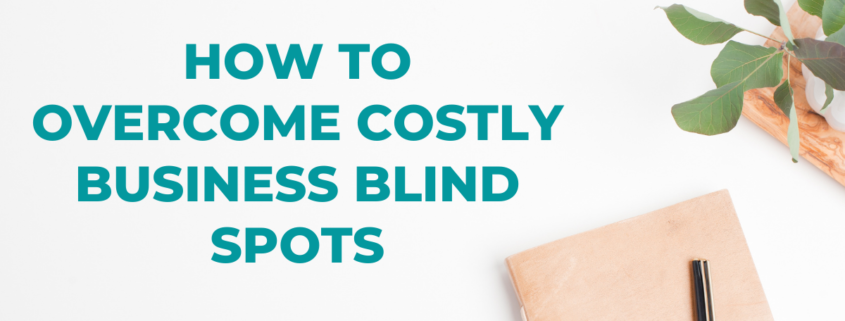How to overcome costly business blind spots
What would you do?
Imagine you’re sitting in a theater watching a movie with a date.
Between tickets, popcorn, and a drink, you’ve already spent $60 to be there.
Thirty-five minutes into the two-and-a-half-hour movie, you realize it’s awful.
You’re bored out of your mind with no sign of the story improving.
The writing is so bad, not even the top-notch actors can save it.
Do you leave? Or do you stick it out?
Before you answer, consider the following two things.
- By all indicators, the movie is a dud.
- If your goal is to have an enjoyable date, you would likely be better off leaving and pursuing a different (perhaps even free) activity.
Given these two statements, the answer would seem to be to get up and leave.
However, this is not how our brains tend to think. We’re more likely to stick it out in hopes of recouping something from the $60 invested in the movie.
This is called the Sunk Cost Fallacy.
Business Blindspots That Lead Us Astray
The sunk cost fallacy is a blindspot that every business owner, and human being for that matter, is susceptible to.
When left unchecked, this thinking error becomes a sinkhole that devours time, money, and energy.
Years ago, I started working with a client who had invested thousands of dollars into a custom course platform.
When I started working with them, the platform wasn’t working as needed despite all the money they’d invested.
They hired me to help launch the course so they could start making some money back.
Immediately, I could see the platform’s problems were going to lead to additional costly problems that would eat away at course profits.
I explained they would be better off, in the long run, ditching the custom platform for a plug-and-play course hosting service.
Because they had already invested so much money in their custom platform, they insisted we make it work.
While the launch went well, the custom platform cost them sales, created a slew of customer support problems, and compromised the customer experience.
Research shows we have a greater tendency to stick with a decision once we’ve invested resources, even in the face of evidence that the decision no longer serves our goals.
This is the sunk cost fallacy. It’s one of many blindspots business owners run into when making strategic decisions.
Everyone has these blind spots. They are inherent to how the human mind works.
Let’s take a quick look at three other blindspots that keep us from making the best strategic decisions for our business.
Inertia Bias
This is the tendency to choose things that feel familiar. It worked in the past, so it will certainly work again. However, the truth is what got you here often won’t get you there.
The Recency Effect
This is the tendency to focus on options presented to us most recently. That new strategy we saw in a newsletter or heard about from a colleague suddenly feels like the thing we must focus on right away. Some refer to this as “shiny object syndrome.”
Occam’s Razor Bias
This describes our tendency to go with the seemingly simplest solution. The problem is that business systems and solutions are rarely simple.
How do you overcome these biases? Let us know!



